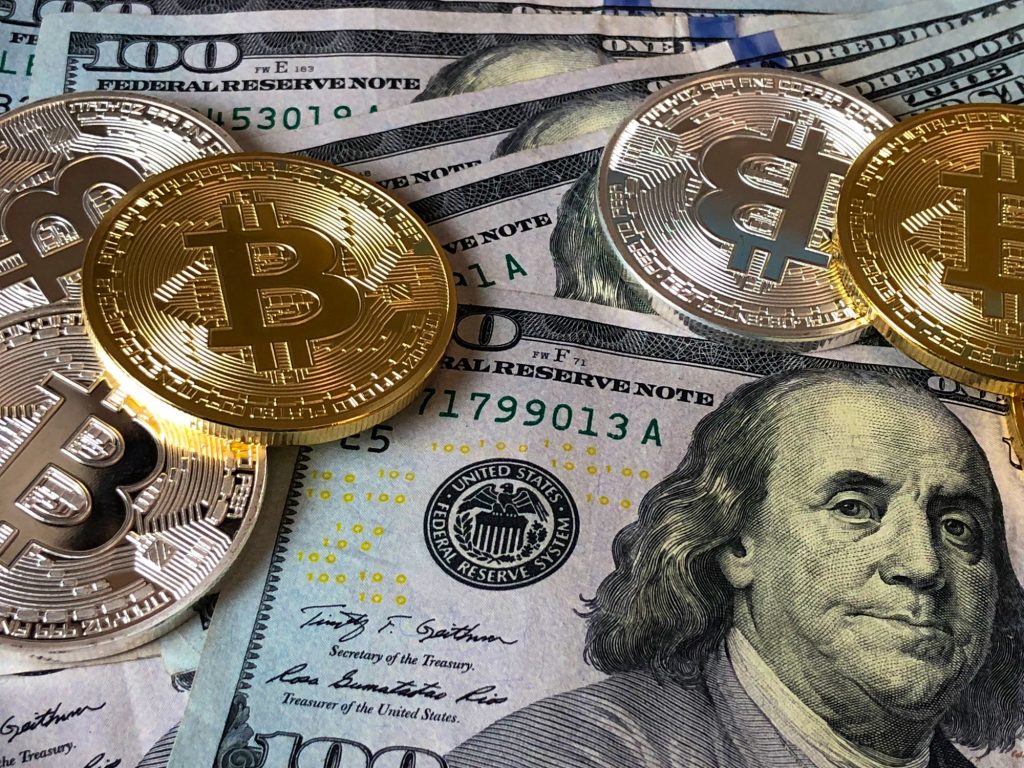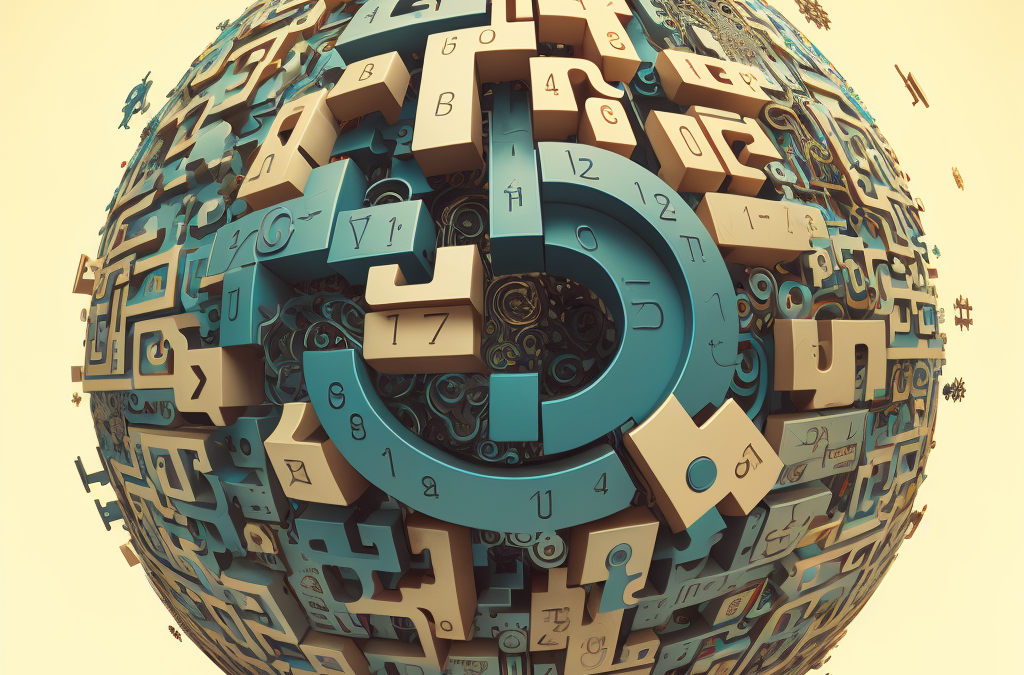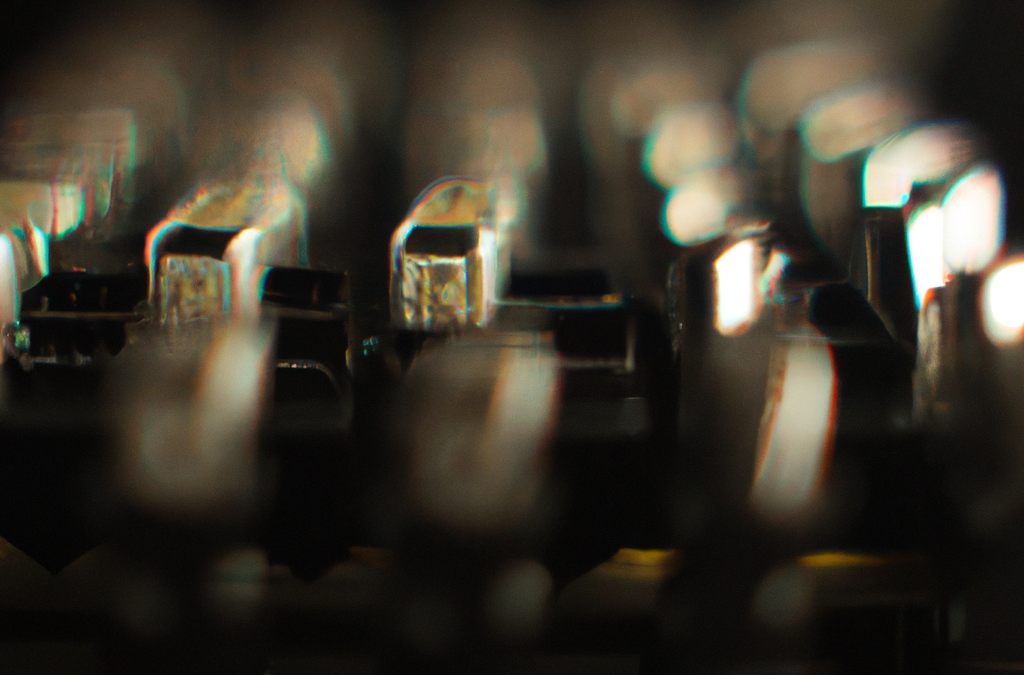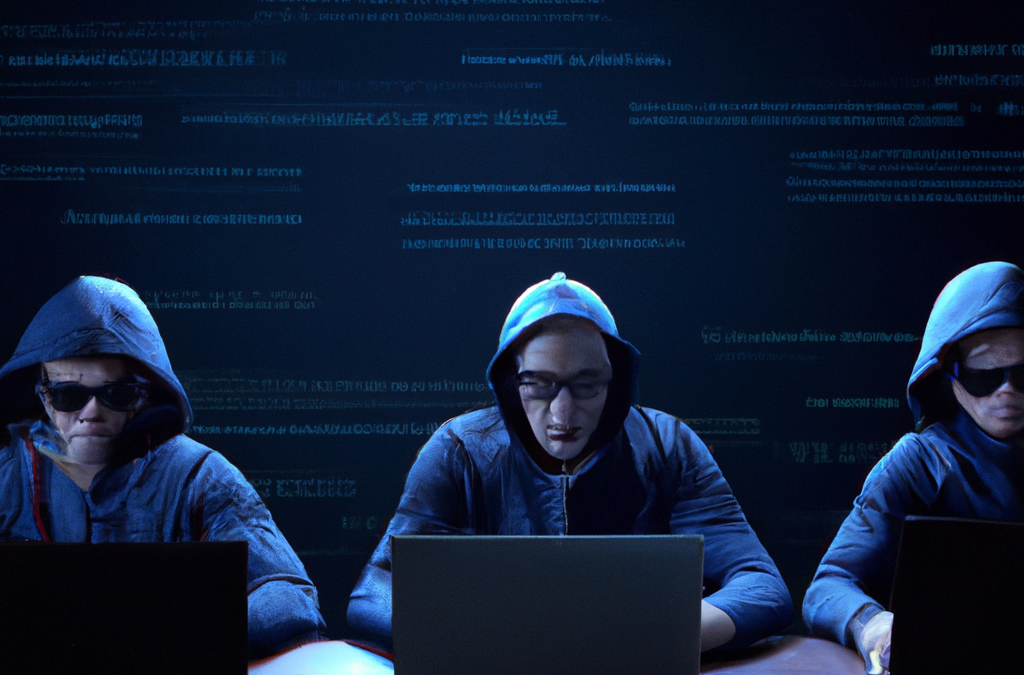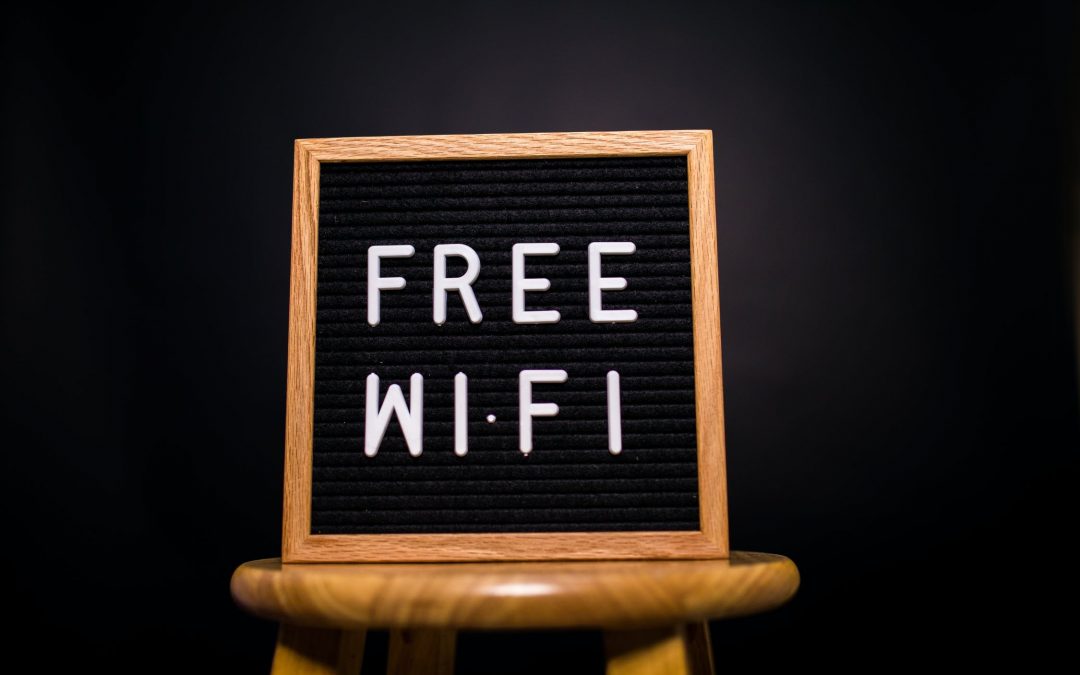Bitcoin and other virtual currencies such as Ethereum and even Dogecoin have been in the headlines recently so Monitor thought we would put out a guide to answer some common questions about the technology. This is not an endorsement of any digital currency but more of an FAQ about these extremely exciting developments.
So what is bitcoin anyway?
In a nutshell, Bitcoin is the original and most popular cryptocurrency; a digital medium of exchange that lets you buy goods and services. It is much easier to spend pounds and pence but some retailers to accept bitcoin.
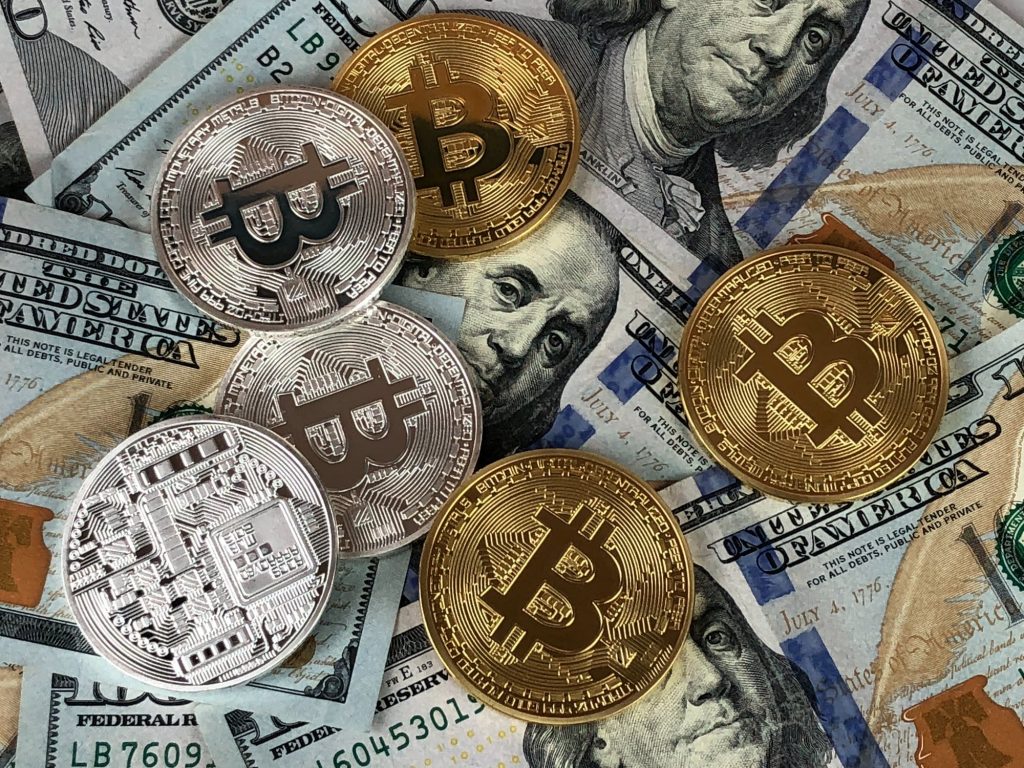
Note: Bitcoins are not physical coins, rather they are computer files. Some coins like the ones are above are novelties that may contain the code for one bitcoin.
Some people trade bitcoin or use it as a store of value hoping to make a profit if the price rises. Bitcoin is completely virtual and derives its value from its desirability. Bitcoin is the original cryptocurrency; the first one to become popular anyhow and is the best known.
Each Bitcoin is essentially a computer file which is stored in a ‘digital wallet’ app on a smartphone or computer. People can send or receive a bitcoin, or parts of one, as a digital currency. Every transaction made is recorded in a public block. Together these blocks form the blockchain.
The price of a single bitcoin can be quite volatile – ranging from around £145 in 2015 to over £45,000 in 2021. The total value of all bitcoin is estimated at £88 billion as of the first half of 2021.
A Bitcoin can be divided into a unit of cryptocurrency known as Satoshis. The name comes from the believed creator of Bitcoin, Satoshi Nakamoto, though who this person or organisation is remains a mystery.
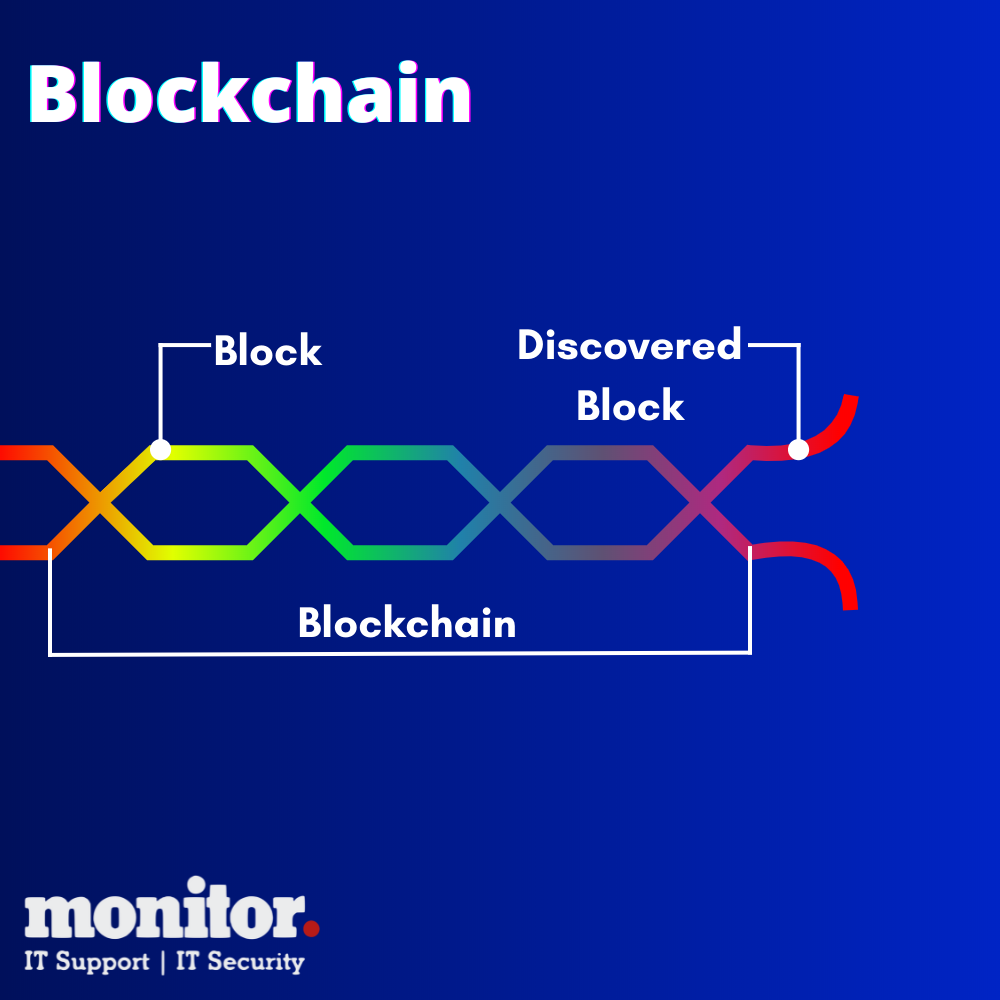
Each Bitcoin is divisible down to eight decimal places, meaning a single Satoshi is equal to one-hundredth millionth of a Bitcoin. To put it another way, 100 million Satoshis make up one Bitcoin, that’s a lot of Satoshis!
What are Ethereum and Ripple
Ethereum is a decentralized, open-source blockchain and the second biggest after Bitcoin. The technology is similar but Ethereum has other features such as smart contract functionality and can be used for NFT’s.
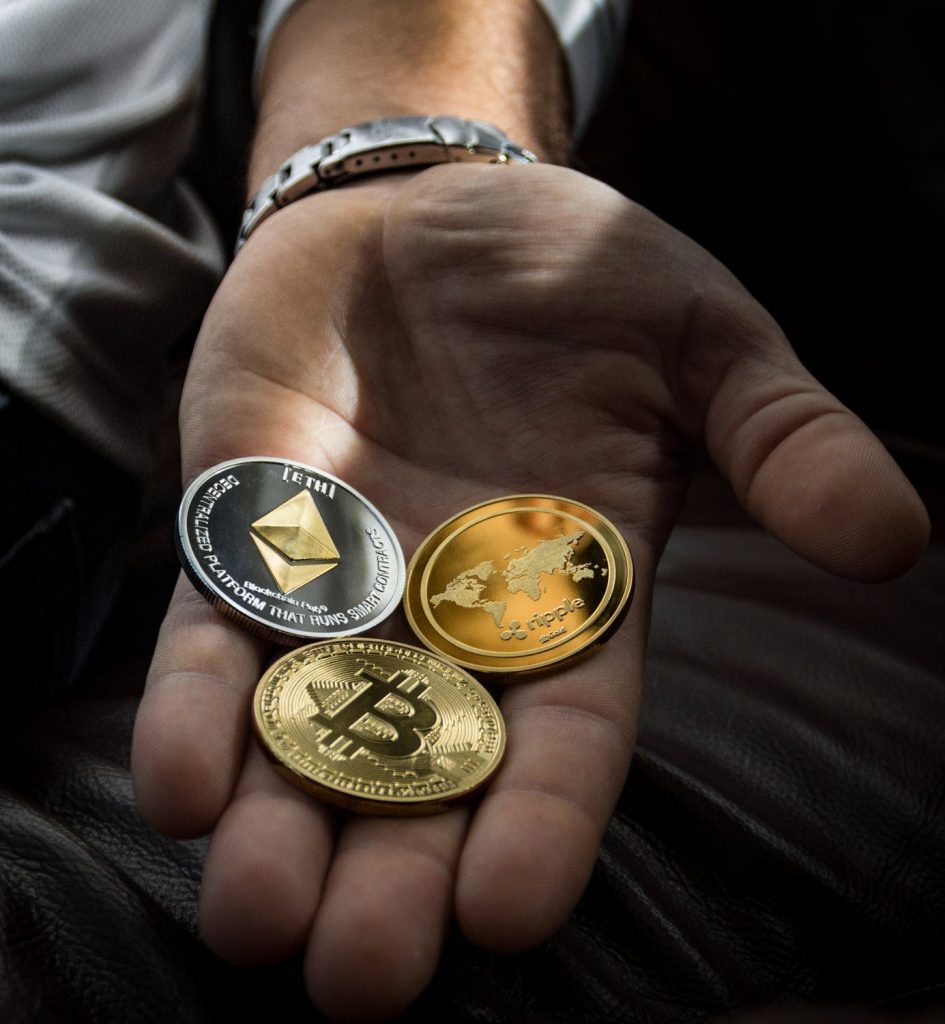
What is a Blockchain
Every single transaction is recorded in a public list called a block, with each block containing multiple transactions. Every block is encrypted using the information in that block, and the previous block, forming a chain of blocks – aks Blockchain.
The clever part about the blockchain is that any changes to a block will result in all future blocks becoming unreadable. This system means the blockchain cannot be edited once it’s created; an immutable code.
The blockchain also makes it possible to trace the history of Bitcoins to ensure ownership and to prevent tampering.
How do people get Bitcoins?
You can buy Bitcoins using pounds or pence, accept Bitcoins as a payment method or create them using a computer, sometimes called a bitcoin mining rig.
How are new Bitcoins created?
People put together specialist, or general computers to create Bitcoin. Bitcoin blocks must be discovered. Only one bitcoin miner can discover a block, and when they do they are rewarded with around 6.25 bitcoins, though the number of bitcoins received per block discovered depreciates with time.
Each Bitcoin is more difficult to discover than the last which is why more and more processor power is needed over time. Because only one miner in the world can discover a Bitcoin every ten minutes, miners work together as part of a mining pool receiving a share of any bitcoins created. Once discovered recent transactions are added to the bitcoin, which are then encrypted, and the cycle repeats.
What is Dogecoin
Dogecoin is a cryptocurrency that started as a joke in 2013. It is named after an internet meme image of a Shiba Inu dog which is badly spelled, hence “doge” instead of “dog”. For most of Dogecoin’s history one British pound could buy over 600 Dogecoins but as of the 9th of may 2021 the price skyrocketed to £0.45, a 38000% increase. Please note though that the price as of writing has dropped since then and seems very volatile.
Why isn’t everyone mining bitcoin?
Many people can mine bitcoin, but to get significant returns you probably need to be part of a mining pool and you may need one or more high end graphics cards, though It is possible to mine on a CPU too. Many miners build specific computer setups (called ASIC miners or ‘Rigs’) just for mining. This is so popular its driven up the cost of computer hardware, especially high-end graphics cards which can be hard to find at the recommended retail price.
Electricity and hardware costs must also be considered. Some miners believe running their hardware using lower hardware settings (Called underclocking) can prolong the life of their hardware. The market can also be very volatile.
Why are Bitcoins valuable?
Bitcoins are valuable because people believe they are; they can operate as investment vehicles but obviously, the price can fall rapidly or indeed continue to grow. Interestingly there are only 21 million bitcoins that can be mined in total, the number’s finite.
What is an ASIC Miner?
An application-specific integrated circuit (ASIC) is hardware designed to perform one function, such as mining bitcoin.
How long do bitcoins take to mine?
It takes 10 minutes to mine one bitcoin, or 600 seconds.
How much energy does it take to mine a bitcon?
it takes around 72,000 GW (or 72 Terawatts) of power to mine a single bitcoin using the average power usage provided by ASIC miners. Amazing.
Are Bitcoin and other cryptocurrencies currencies safe?
Obviously, you need to stay safe online. Monitor are specialists who have expertise in cybersecurity. Every bitcoin transaction is recorded publicly so it is very difficult to make a fake Bitcoins.
It is possible to lose your Bitcoin wallet or delete your bitcoins – there are probably computers with tens of thousands of pounds, or possibly millions of pounds worth of bitcoin on them. There have also been thefts of remotely stored bitcoins. Speak to monitor about building a more secure system and network.
Note: This is not financial advice, nor do we advocate taking any action based on this guide. All actions taken are at your risk.

